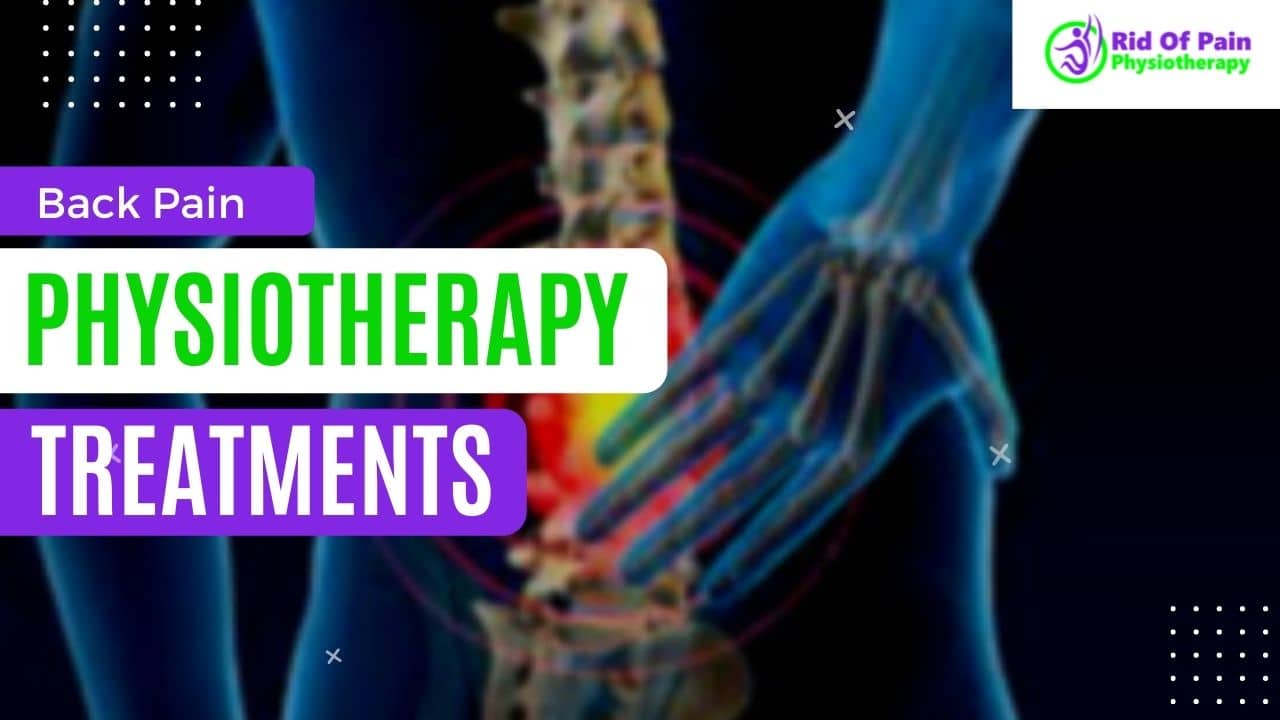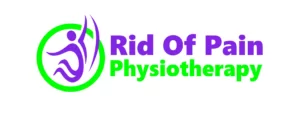If you’re also suffering from Back Pain and looking for any Back Pain Physiotherapy Treatment at Home or Major Symptoms of Back Pain then this article will help you get your answer and solution for your pain.
Back pain is a very common problem. Nowadays it happens due to overuse injuries. It is the most common problem for absence from work and for seeking medical treatment. 30-40 per cent of people suffer from back pain in their lives.
To Contact a Doctor and Consult With Them – Click here
It is one of the musculoskeletal disorders which happens due to overuse injuries at the workplace/ occupation. It can also result from any injury or degenerative changes of biomechanical faults. Back pain can affect people of any age group for different reasons. As people get older tendency for lower back pain increases.
Causing Factors of Back Pain:
There are multiple factors which cause back pain because our backbone is supported by muscles and ligaments. It acts like a pillar for the body.
Muscle or ligament injury:
Back pain can result from muscle strain/ spasm or ligament tear. Muscle strain always gives severe pain while moving the body. There are various reasons which can lead to strains or spasms like:
- lifting something/ weight improperly
- lifting something that is too heavy
- doing an abrupt/ sudden and awkward movement
- muscle stiffness/ muscle imbalance
Anatomical/Structural problem:
There are various problems which can cause back pain.
- Ruptured disks/ disc bulge: Each vertebra in the spine is cushioned by disks. If the disk ruptures or bulges out, can cause more pressure on a nerve and result in back pain.
- Sciatica: If a sharp and shooting pain travels through the buttock and down the back of the leg is sciatica (compression of the sciatic nerve). Piriformis syndrome can also mimic sciatic pain. It can be diagnosed properly while clinical examination. Sciatica can be due to a disc bulge or herniated disk which causes compression of the sciatic nerve.
- Arthritis/ degenerative changes: Osteoarthritis can cause degenerative changes in joints and vertebrae. It can result in back pain and, In some cases, the space around the spinal cord narrows. This is known as spinal stenosis.
- Abnormal curvature of the spine: If the spine curves in an unusual way, back pain can result like hyperlordosis, kyphosis, or scoliosis
- Osteoporosis: Bones, including the vertebrae of the spine, become weak and porous, making compression fractures more likely.
Back Pain Causes – Postural problems:
Long sitting with hunched back position on a laptop or computer can result in increased back pain over time. Back pain can also result from some unusual everyday activities or poor posture during work of 7-8 hours or more. It causes tension or overstretches in muscles. A long driving/ sitting job without a break causes back pain even when not hunched.
sleeping on a mattress that does not support the body and keep the spine straight may also cause back pain.
Medical problems:
Some medical conditions can cause back pain.
- Cauda equina syndrome: The cauda equine is a medical condition in which a bundle of spinal nerve roots arise from the lower end of the spinal cord. These provide the ability to move and feel sensations in the legs and the bladder. Symptoms include dull pain in the lower back and upper buttocks, as well as numbness in the buttocks, genitalia, and thighs. There are sometimes bowel and bladder function disturbances.
- Cancer of the spine: A tumour (pot spine)on the spine may press against a nerve, resulting in back pain.
- Infection of the spine: Any infection in the back can cause back pain. Another inflammatory diseases like ankylosing spondylosis and Rheumatoid arthritis cause back pain.
- Mental illness: stress, anxiety, depression, and work-related psychological problems can cause muscle stiffness which leads to back pain.
- Other factors
Few other factors can also lead to back pain like pregnancy, lack of physical activities, age and excess weight etc.
Signs and Symptoms of Back Pain
Before we tell you about the back pain physiotherapy treatment at home understand what are the symptoms of back pain.
Symptoms of back pain are a pain in the backbone, pain in muscles around the spinal vertebrae, leg pain and buttocks pain. Sometimes it may cause pain somewhere in the body which may be due to nerve compression or referred pain.
Symptoms are:
- inflammation or swelling on the back
- persistent back pain, even in lying or resting
- pain down the legs
- pain that reaches below the knees
- pain due to injury or trauma to the back
- urinary incontinence
- difficulty urinating
- faecal incontinence, or loss of control over bowel movements
- numbness around the buttocks
- knee pain
- difficulty in walking
- disturbed gait pattern
Diagnosis and Clinical assessment
A doctor will be able to diagnose back pain with history taking and assessment/ clinical examination. With Clinical examination, a doctor can make it clear what is causing back pain and will be able to treat it accordingly.
- A Physiotherapy Approach: focuses on diagnosing problems in the joints and soft tissues of the body with movement and mobilisation.
Add on approach for assessment of a physiotherapist:
- A Chiropractic Assessment: chiropractic therapists can diagnose with touch, or palpation, and a visual examination. Chiropractic is a direct approach to adjusting the spinal joints.
- An Osteopath: also diagnosed through palpation and visual inspection. Osteopathy works with soft tissue and bony alignments.
But sometimes testing is required to see if any injury or alignment problems are there.
An X-ray, MRI, or CT scan is required for examination of back pain.
X-rays can show the alignment of the bones, degenerative changes and fractures.
MRI or CT scans: herniated disks or problems with tissue, tendons, nerves, ligaments, blood vessels, muscles, and bones can be diagnosed.
Bone scans can detect bone tumours or compression fractures caused by osteoporosis.
Back Pain Physiotherapy Treatment

Back Pain Treatment by Physiotherapy
The patient can treat mild back pain with the use of pain killer and muscle relaxants and avoid strenuous activities or activities which cause pain. Applying a hot compress or an ice pack to the painful area may also reduce pain.
Medical treatment
If home treatments do not relieve back pain, proper treatment is needed for back pain.
Medication:
the doctor will help with medication like anti-inflammatory drugs or muscle relaxants, or spinal injections can be given if the pain is not getting relieved.
Physiotherapy: Physiotherapy has an important role in the case of back pain. 80-90 per cent of cases can be treated with the physiotherapy which includes
Electrotherapy: Applying heat, ice, ultrasound, and electrical stimulation, TENS, IFT LASER etc
Manual therapy: manual therapy includes mobilisation, MFR, PRT, PNF, MET, DTF, mulligan, Mackenzie, Dry Needling, Myokinetic Cupping Therapy, and Neurokinetic Approach. All these modules work on reliving the causing factors and releasing the soft tissues.
As the pain improves, the physiotherapist introduces some flexibility and strength exercises for the back and abdominal muscles.
The patient will be encouraged to practice the techniques regularly, even after the pain has gone, to prevent back pain recurrence.
The physiotherapist also focuses on work-related ergonomics so further overuse injuries can be prevented to happen.
Osteopathy and Chiropractic Treatment: these are the advanced treatment modules that can be used to treat back pain. It works with alignments of joints and muscular imbalances.
Surgery
Surgery for back pain is very rare. If a patient has a herniated disk surgery may be an option, especially if there is persistent pain and nerve compression which can lead to muscle weakness and not getting improved with any of the therapeutic modules explained above.




Your article helped me a lot, is there any more related content? Thanks!